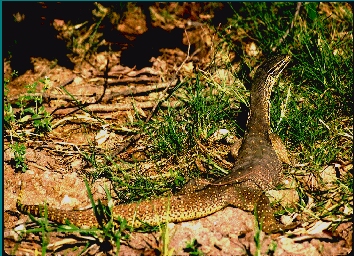
We attribute that finding to improvedīirding skills by observers assigned to that site, particularly with regard to identification by ear. Increased sampling density at JM, however, yielded both an increase in bird numbers and a notable increase in the number of bird species documented for that site. Of birds within species at TS were interpreted to indicate recovery of that site from prescribed fire in 2019.Īlthough the numbers of birds counted at FG increased from 2019 to 2020, there was not a substantial change in numbers of species observed. Regardless, patterns in the increased number

Recovery of the shrub layer at the TS site was clearly evident, with subsequent changes in the bird community to render this site more like FG and JM in species composition and feeding guilds.Ĭomparing 2019 to 2020 datasets revealed that increased sampling frequency and involvement of more observers per site visitation (i.e., sampling density) in 2020 contributed to a substantial increase in the number of birds recorded, but only a marginal impact on increased number of species. Our data revealed a reduction in bird species richness, abundance and overall diversity on the TS site immediately following prescribed fire treatments in early June, 2019. The primary objective of this project was to identify possible differences in bird community composition and structure between Ponderosa Pine forested sites recently subjected to wildland fuel reduction treatments compared to an un-treated, old-growth site. This project addresses the question “What are the effects, if any, that forest thinning treatments or prescribed fire have on bird community composition and structure?” An addition to the analysis in this year’s report is the comparison of feeding guilds and nesting types of birds documented at the three sites. This year, additional protocols dictacted by the Covid pandemic were adhered to for the safety of all participants. Two of the areas surveyed (Turkey Springs and Fawn Gulch) have been subjected to fire prevention treatments in the past and the 3rd site (Jackson Mtn) has not been treated in the recent past. This study used the same sites and protocols established in the 2019 study.

The second year of our Citizen Science Project monitoring bird populations in 3 areas of Ponderosa Pine Forest in the San Juan National Forest was conducted between late May and early July of 2020.


 0 kommentar(er)
0 kommentar(er)
